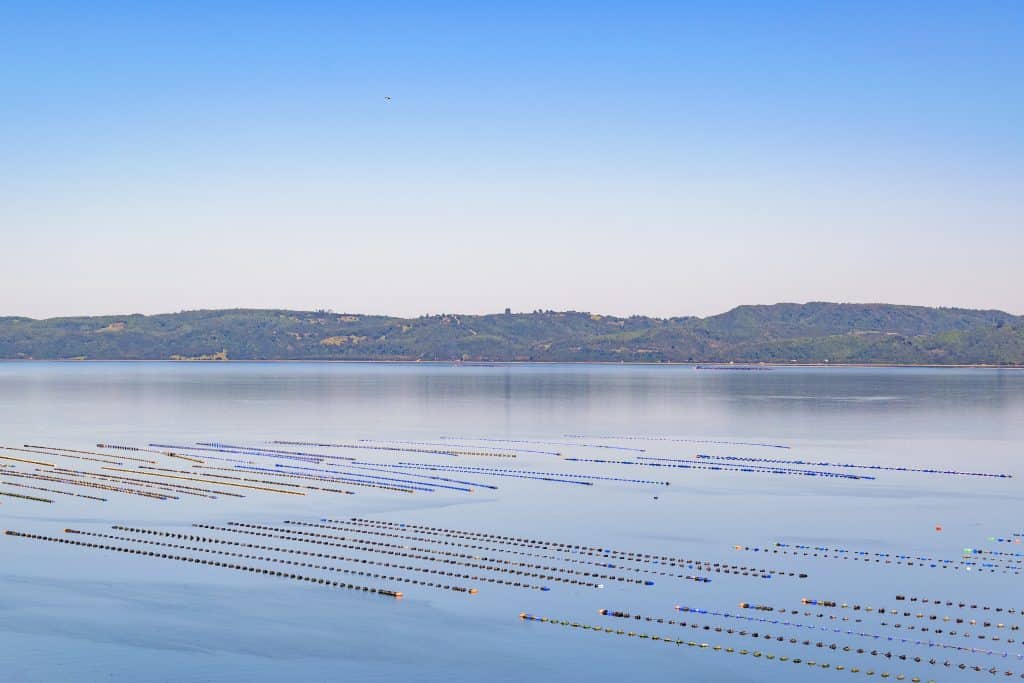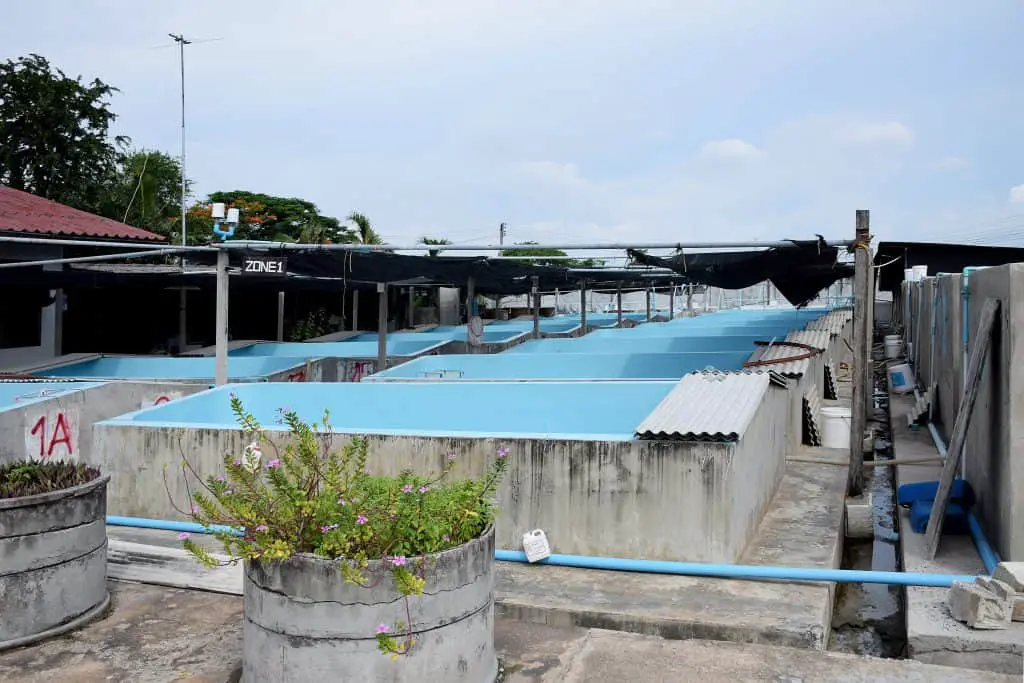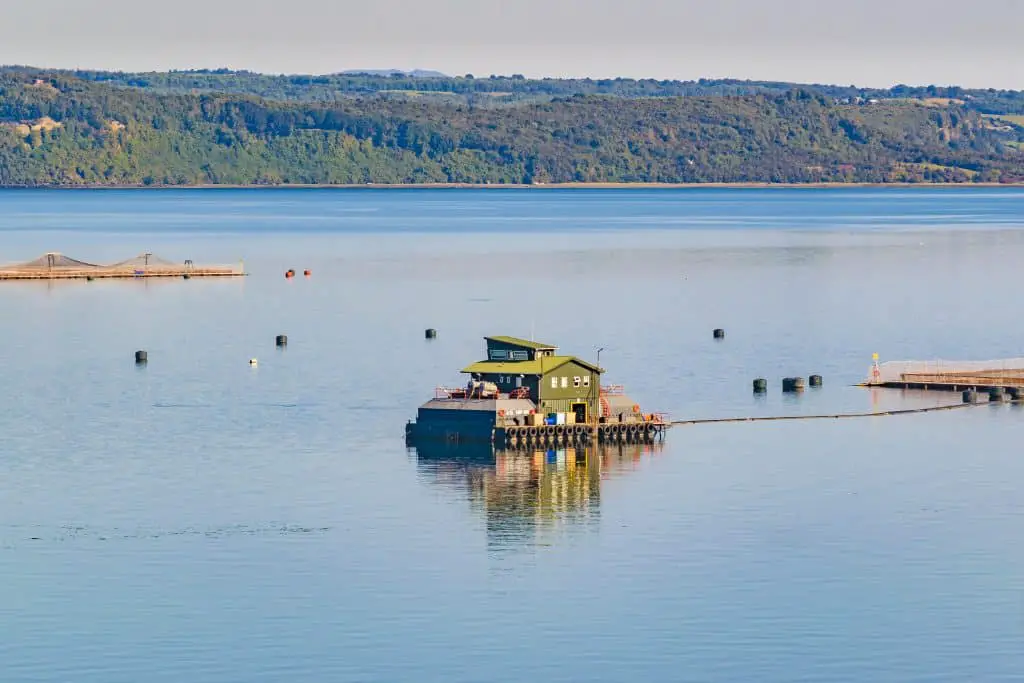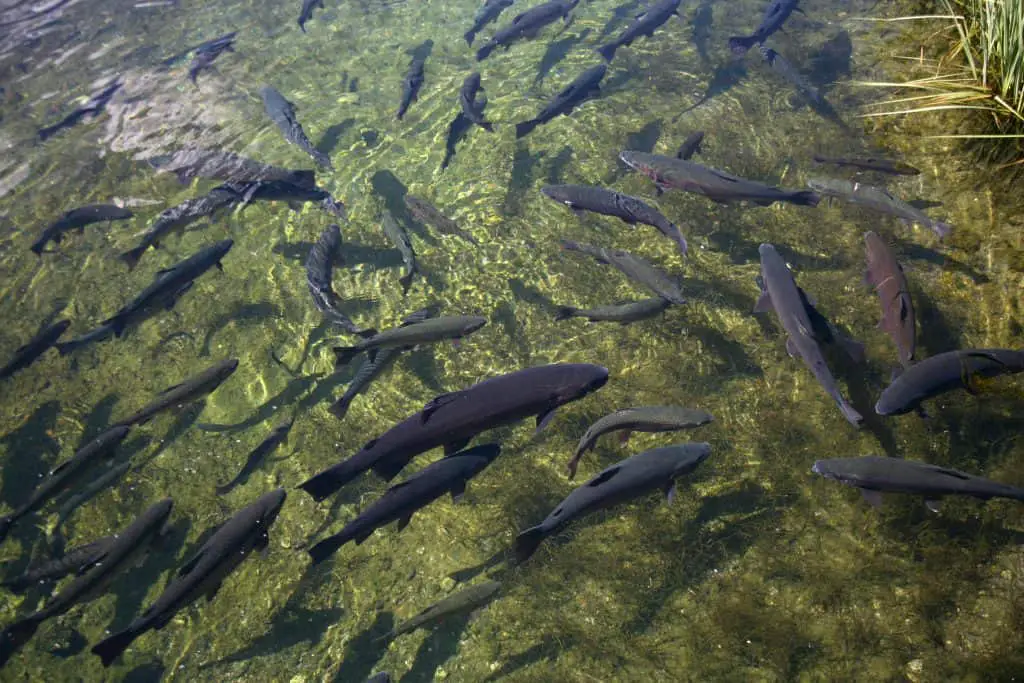Fish hatcheries are facilities that produce brood stock, eggs, larvae and finally fish for stocking into lakes, rivers and oceans. They exist in different shapes and sizes, but they all have the same goal: to help replenish dwindling stocks of fish.
There are two main types of hatcheries: public (owned by a government agency) or private (usually owned by a commercial company). They can also be classified into first and second generation hatchery facilities as well as freshwater and saltwater ones. The pros and cons depend on which type you look at.
What are fish hatcheries
Fish hatchery facilities are closed environments where fish eggs from wild populations of aquatic animals are hatched into juvenile forms for fish stocking purposes or as food sources for other animals such as pets or livestock.
The point of this type of hatchery system is that it helps restore ecosystems by replicating what happens in nature when conditions allow for healthy populations and communities of fish and wildlife species which are native to the area.

What is the difference between fish hatcheries and fish farming
As the name suggests, a hatchery has the purpose of hatching fish eggs and fry of fish, usually as part of a stocking program, that would not be naturally produced.
Fish farming also takes place in an artificial setting but differs from fish hatchery operations because the goal is primarily breeding for food production while maintaining genetic diversity as secondary goals. This is more likely to have a negative impact on fish and wildlife, which is a big reason why aquaculture in general has recently received negative headlines.
The different types of fish hatcheries
Public Hatchery
There are many benefits associated with having a public hatchery close to home. Many towns rely heavily on fishing as their economy driver so when the local fishery is depleted they need assistance from outside sources such as municipalities who own general purpose fisheries run by state departments.
Private Hatchery
This type of fish hatchery is owned by a private company and has the goal of fish production for their own use or to sell. It is often combined with fish farming once the brood stock of salmon, rainbow trout or walleye fingerlings or whichever fish fry is needed to be used in the subsequent aquaculture reaches the necessary age for further production.
First generation hatcheries
These produce eggs from female fishes that have been spawned in tanks with males. These eggs are then incubated and hatched into fry, which can be reared to maturity or sold as fingerlings. The major benefit of this type, also called intensive hatchery, is its low cost and water usage – but the cons include slower production rates than “second generation” systems (up to six months) and a high risk of disease outbreak because there’s no immediate need for water changes over time.
Second generation hatchery
This type produces eggs by injecting sperm into females spawning on open-air lakes who have had milt flushed along their bodies, often using an air hose called a roe gun.” With second Generation hatcheries or extensive hatcheries, fish eggs are produced faster and with reduced risk of disease.
Freshwater vs salt water hatcheries
Another way to distinguish them is to differentiate between on the one hand freshwater hatcheries which include rainbow trout, brook trout and brown trout as well as eels and shad which live in rivers or streams with low salinity levels. This fish farm can produce up to two million pounds per year.
On the other hand, there are salt water nurseries or marine-based hatcheries that raise sea bass, codfish, flounder and snapper among others in tanks using salt water from ocean sources within their designated regions for each species they’re raising. These fish farms can have the capacity to produce hundreds of millions of pounds annually! Some of these also grow shrimp in tanks within their designated region using salinity levels from ocean sources for each species they’re raising.
You can also find salmonid nurseries which raise fish like salmon, steelhead trout and Chinook. These hatcheries typically have a capacity of up to two million pounds per year.
Finally there’s the small freshwater nursery type which raises rainbow trout and other types only found in freshwater streams or lakes with low salinity levels. They primarily produce less than one million pounds annually but this is usually enough to supply local markets as well as smaller restaurants and grocery stores throughout the country if needed.

Pros and Cons of fish stocking hatchery
There are both pros and cons of fish stocking hatchery.
The pros of hatcheries
- Fish hatcheries can produce a wide variety of species on demand to help maintain healthy fish populations in lakes, streams and rivers. They also provide an additional source for fishermen.
- Hatchery production usually exceeds that of natural populations so there is greater availability and diversity of fish types available for consumers. This includes species that may be considered at risk if their numbers fell too low due to overfishing or habitat destruction such as sturgeon, sockeye salmon etc…
- Some hatcheries target certain species of fish which may be at risk and work to breed them in captivity, thereby ensuring a future for the species.
- They are often used as an important tool for marine research, particularly where they act as temporary breeding grounds for endangered populations such as those with small ranges or low fecundity rates (eg., sharks) that cannot sustain themselves without intervention.
- Hatchery production is sustainable since they’re able to regulate the number and size of fish populations in areas where their environment can’t support them for whatever reason.
- If you look at large scale operations like this one by NOAA which produces 58 million Eastern Oysters per year it could be argued that these facilities reduce waste output or water pollution.
- Fish hatcheries are closed environments, which means they can be controlled to produce animals with desired characteristics such as different sizes or colors. Though admittedly, some may consider this to be con…
- Producing fish at fish hatcheries allows them to grow quickly before being released back into the wild (though some considerations should be made when releasing captive bred fish). This is especially important if looking for larger stocks of harvestable size for species like salmon.
The cons of hatcheries
- Fish hatcheries can impact wild populations by spreading invasive species or diseases between different geographical areas where they may have evolved separately over time.
- They can have negative effects on native aquatic ecosystems by consuming resources at higher rates than other forms of farmed fisheries or introducing unwanted competition with existing organisms.
- Cons also include limited breeding cycles and potential health risks to humans due to overcrowding. For example, some fish are susceptible to diseases that can be passed on if they’re in too close proximity.
Some cons are specific to saltwater hatcheries:
- It’s difficult to breed most species because they need a lot more space than fresh water ponds which means that their population could increase without enough food sources available and eventually starve them all out.
- Moreover, if they escape into the ocean waters surrounding them they may introduce parasites and bacteria that have not yet been encountered by native animals.
There are also several cons specific to private hatchery production:
- Higher risk of disease because a high density exists in an enclosed space such as water tanks.
- As for increased levels of pollution, this occurs mostly when large numbers of fish die due to lack of oxygenated water or poor management practices. This waste material then seeps out into nearby streams which can negatively impact aquatic life downstream (especially during spawning seasons). In rare cases it has caused toxic algae blooms that produce dangerous chemicals.
- Fish produced in these facilities are often of inferior quality to those found naturally because they do not develop natural coping strategies and become more susceptible to diseases, parasites or predators. This can also lead to poor growth rates and lower survival rates when released into wild habitats.
- Hatcheries use a great amount of energy and resources to maintain the constant water temperature needed for fish production, which can have negative environmental impacts in areas where they are located. This leads us to the next question.

Are fish hatcheries cost effective?
In general, they are considered to be cost-effective. Hatchery staff who work on fish hatcheries are generally more highly trained than those who do not, though.
Generally, the cost of setting up a fish hatchery is offset by savings in costs for feed and stocking rates during their operation. Still, the need for a huge water supply, electricity and constant water temperatures leads to some higher costs for operation.
How much does it cost to build a fish hatchery?
The costs to build hatchery facilities depend on the size and type of the facility. A small-scale, low-cost hatchery can be built with a cost range from $31,000 to $38,500 (USD). Larger scale hatchery facilities may require around half a million dollars or even much higher amounts for planning and construction. A few examples include:
The Salmon Enhancement Group in British Columbia ($14 millions), Marine Harvest Canada’s New Brunswick Hatchery ($20 millions) or Gippsland Fish Farming Investments‘ Ocean Grove complex located near Melbourne Australia ($35 millions). The costs to build these types of larger facilities are based on an estimate that it takes up to 50% more energy input than smaller operations due to higher stocking densities and longer run-times.
Which fish species can you find in a hatchery?
Hatcheries can house many different species of fish. Some common ones are trout, black bass, and salmon. Colorado hatcheries alone account for over 30 fish species with e.g. walleye fry and walleye fingerlings being released by hatchery personnel into the waters. Check out their website for news and updates on the fish and wildlife production.
Can you eat lake trout from a hatchery
There are no known health risks associated with eating lake trout or other fish that have been raised on farms or hatcheries compared to fishing them fresh from lake ontario. However, if you’re allergic to shellfish then this food might not be safe for you to put on your menu and your immune system will likely react to these foods as well so beware of that particular risk factor before consuming these products!
Where in the United States can you find fish hatcheries
There are a total of 70 national fish hatcheries from the United States fish and wildlife service in every state and region with many giving the opportunity for interested anglers to experience hatchery production and offering information services on many fish and wildlife species habitat.

Conclusion
The Return Fish Hatcheries Project built a salmon hatchery in 2013 that was able to produce 700,000 fish each year – which is now the largest self-sustaining feeder fish operation in Washington state, United States.
This shows you do not need an army corps of engineers and it is amazing to see individuals making it their mission to provide sustainable fish culture replenishment, making sure that there is enough fry of different fish species that can turn into adult fish. It is important to support these projects and the fish and wildlife service, which also offers additional information on these important topics.
What do you think about the hatchery system? Let us know in the comments!